Nexus 5X vs Nexus 6P
We pitch Google's flagship Nexus phones against each other to see which is best
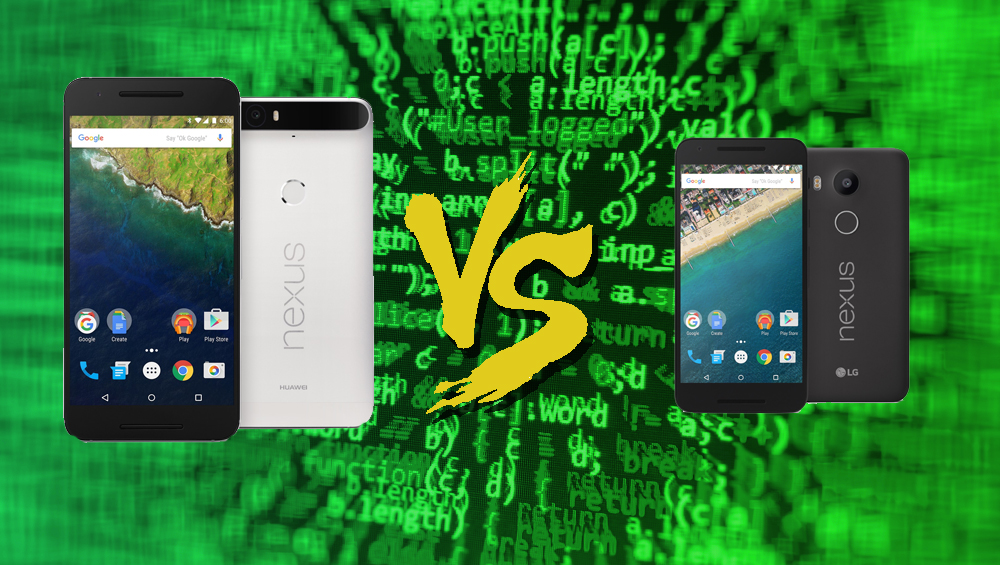

With Google's Nexus range of smartphones, the search engine company works closely with OEM manufacturers to make what are thought to be some of the finest Android-based devices. The Nexus 5X and Nexus 6P - manufactured by LG and Huawei respectively certainly fit that bill. But the differences are more than just who produced them, though.
Casing and display
The Nexus 6P's screen is massive at 5.7in with a 2560 x 1440 pixel resolution. The AMOLED panel ensures that brightness and contrast are both impressively high. Imperfect colour accuracy and oversaturation are minor problems that do mar the screen, however.
The Nexus 5X doesn't have these problems. It has a slightly lower resolution at 1080p, but few will notice the very modest increase in sharpness.
The 6P's huge screen means it feels absolutely colossal in the hand, though, so it is sometimes a struggle to operate - even if you have large hands. The 5.2in 5X, on the other hand, is much more sensibly proportioned. It's no mini phone by any stretch, but it still feels far less ungainly and awkward in your hand than the 6P.
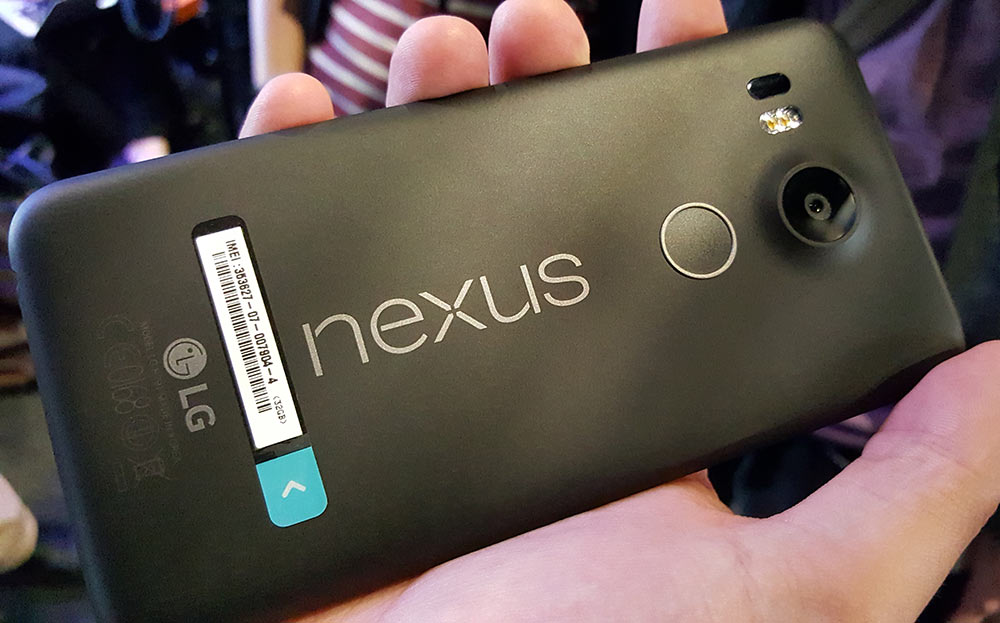
Both phones are attractively made, although look distinctly different from each other. The 5X is constructed of a matte-finished plastic, which we found pleasing to the touch despite the boxy shape, while the 6P has a brushed aluminium exterior.
Performance
Although the Nexus 6P has an eight-core Qualcomm Snapdragon 810 processor compared to the 5X's six-core Snapdragon 808 chip, the only substantial performance difference between the two was, unsurprisingly, in our multicore-optimised benchmarks. The 5X is still a very fast phone, though.
The 6P did suffer from slight overheating issues, probably due to the Snapdragon 810 processor. It didn't reach the scorchingly uncomfortable levels we've seen in other devices, but it did nonetheless get noticeably warm, especially when overtaxed.
Camera
The Nexus 6P's 12.3-megapixel camera is very good, both in its own right and compared to older Huawei phone cameras. Its wide f2 aperture and large 1/2.3in sensor mean good image quality in most light conditions, with rich colours and excellent depth of field.
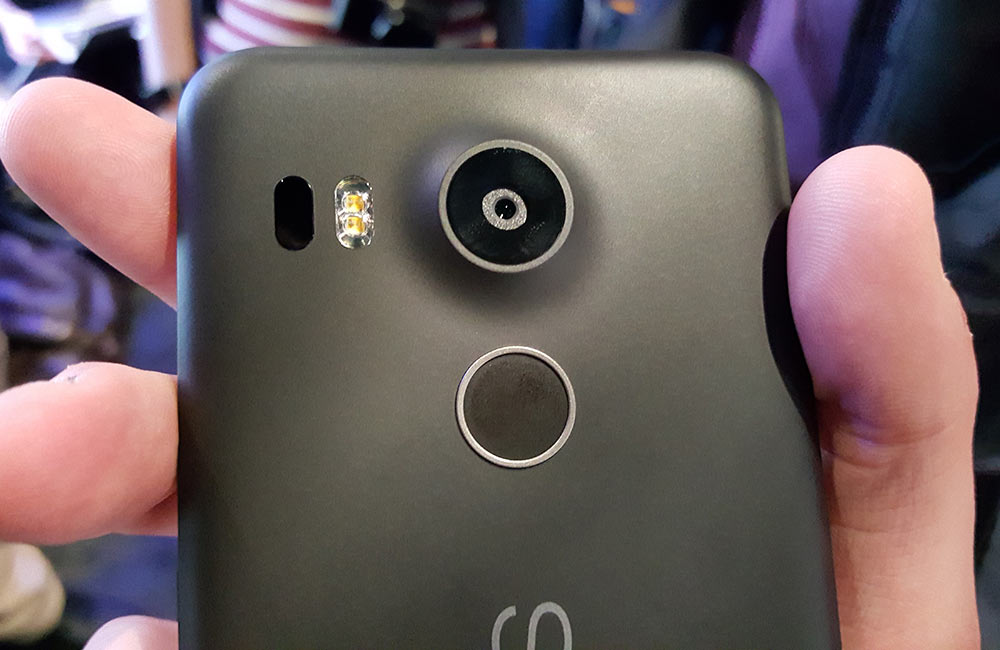
It does have some annoying problems, however. There's no optical image stabilisation, which is a shame given that there should be enough for it inside the 6P's voluminous casing, and the problematic metering software means that scenes aren't always as well exposed as they could be. HDR is also slower than some of its big-budget rivals.
It's much the same story with the 5X, as the two cameras are - for all intents and purposes - identical. The result is two phones with cameras that can in most cases equal (although not entirely surpass) rivals like the Samsung Galaxy S7 and the iPhone 6s.
Battery
Both the 5X and the 6P are fitted with USB Type C charging ports, which have many benefits. It does mean that all of your old MicroUSB chargers will be useless unless paired with adapters, but this is going to become less of a problem as Type C becomes more ubiquitous. It's already been adopted by many other competing smartphones - include those running Windows 10 Mobile.
Charging time for both devices is quick, going from flat to full battery in under two hours. This is thanks in part to Qualcomm's Quick Charge technology, as well as the powerful 15W charger included with each phone.
Battery life in our real-world tests was similarly good. Both the 5X and 6P managed 29 hours of mixed camera, internet and GPS use before running flat.
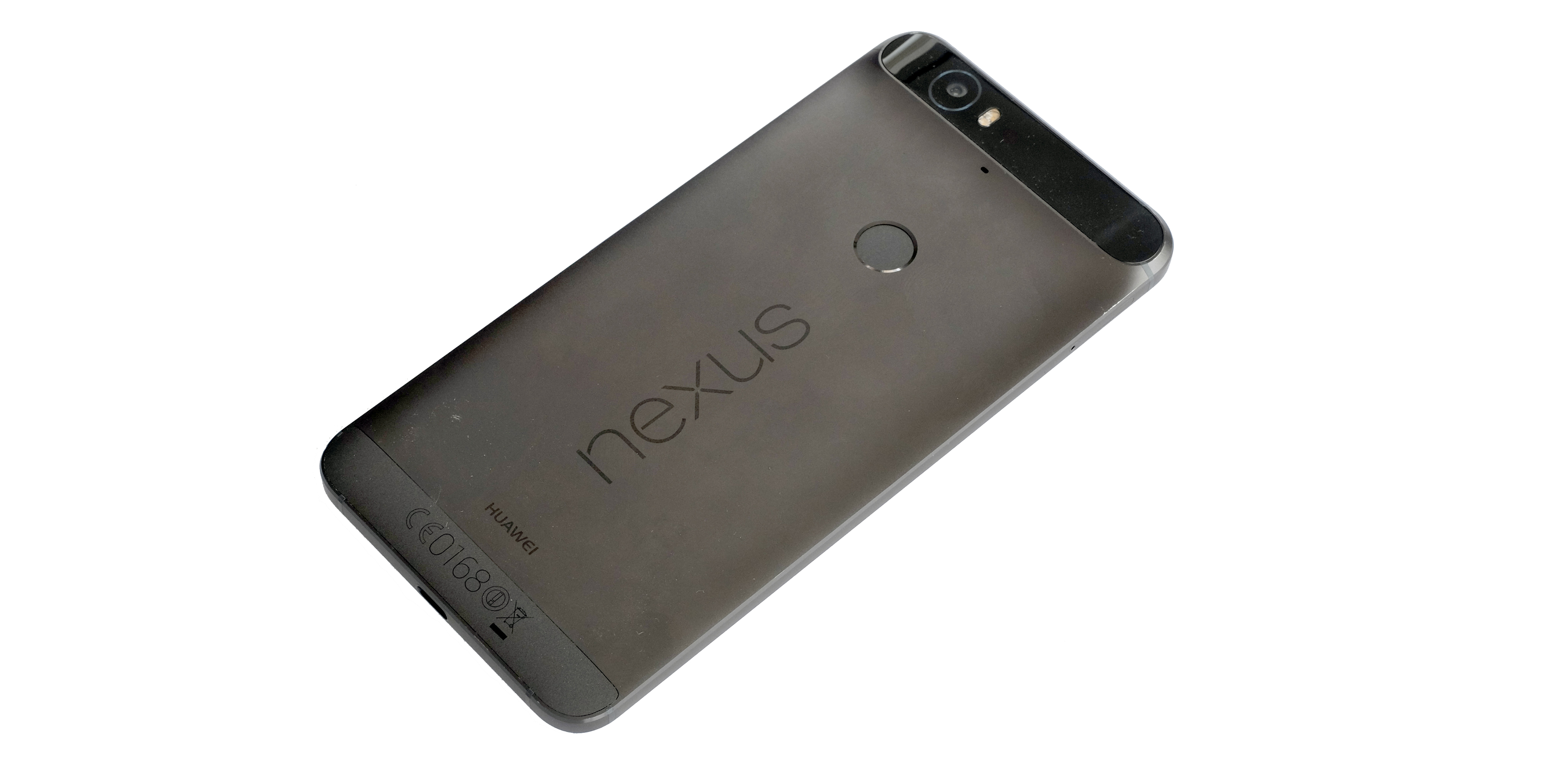
Our video playback test was less kind to the two Nexus phones - the 5X lasted just six and a half hours in testing, while even the 6P's whopping battery capacity only garnered it a result of seven hours and fifty minutes.
Android and fingerprint readers
The Nexus range is designed primarily as a showcase for the Android operating system, so it should come as no surprise that both devices run the latest version of Google's software - Android Marshmallow in this case - right out of the box.
They're also first in line for any forthcoming patches or updates, so owners of the Nexus 5X and 6P can rest assured that they'll always be at the cutting edge of Android.
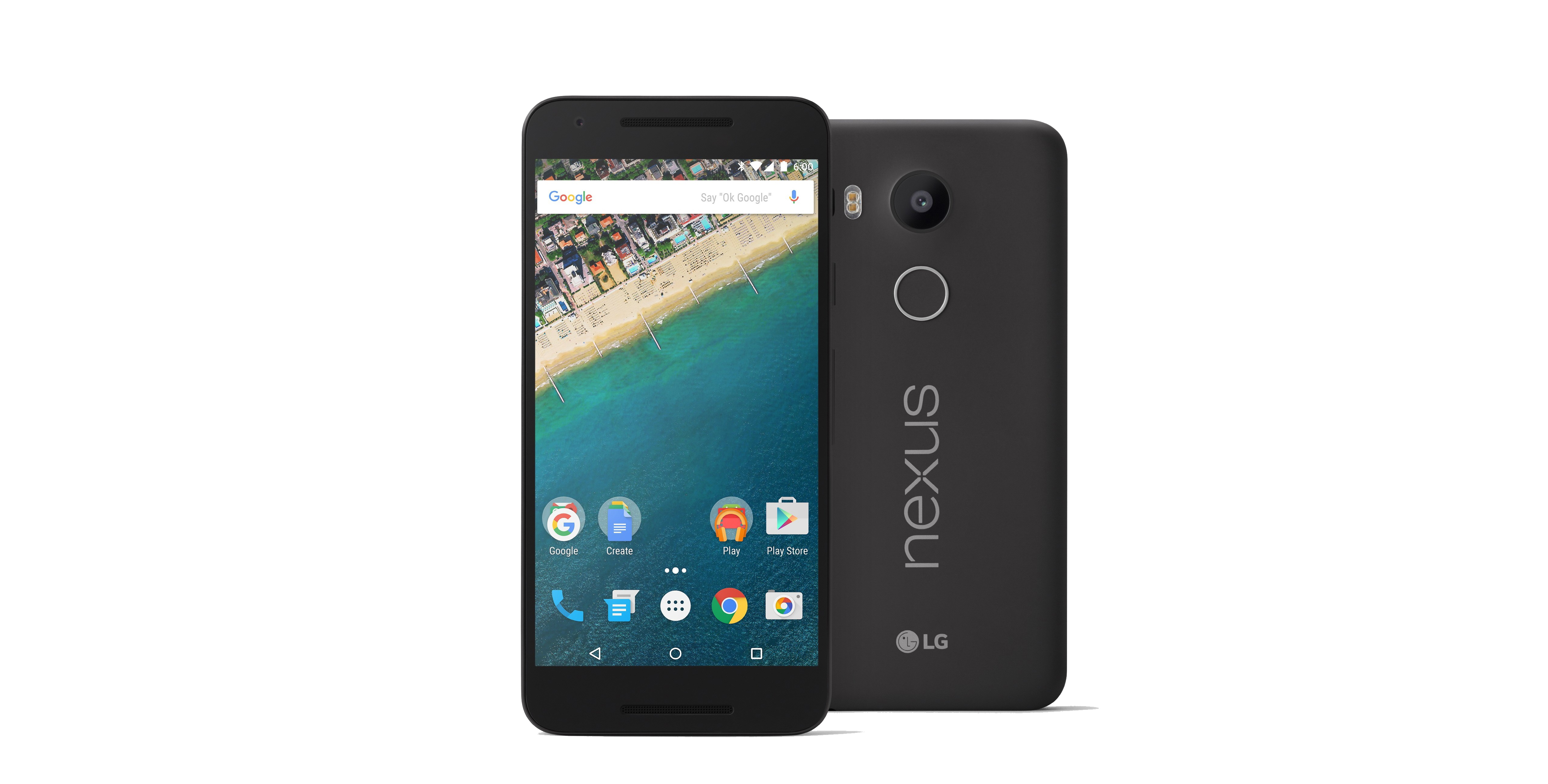
Both phones have fingerprint readers and fingerprint unlocking is fast and accurate. The fingerprint scanner is positioned on the rear of both phones, however, which means that if either phone is lying on a surface, you can't unlock it without picking it up. It might also make using Android Pay awkward and uncomfortable depending on the positioning of NFC payment terminals in shops.
Conclusions
The Nexus 5X and 6P are excellent Android smartphones. They're both well-built and speedy, with attractive displays, spot-on fingerprint readers and great cameras.
In fact, they're so similar that the only real reasons to opt for the Nexus 6P over the 5X are if its higher cost doesn't deter you and/or you don't find its 5.7in screen too unmanageably large.
Get the ITPro daily newsletter
Sign up today and you will receive a free copy of our Future Focus 2025 report - the leading guidance on AI, cybersecurity and other IT challenges as per 700+ senior executives
Adam Shepherd has been a technology journalist since 2015, covering everything from cloud storage and security, to smartphones and servers. Over the course of his career, he’s seen the spread of 5G, the growing ubiquity of wireless devices, and the start of the connected revolution. He’s also been to more trade shows and technology conferences than he cares to count.
Adam is an avid follower of the latest hardware innovations, and he is never happier than when tinkering with complex network configurations, or exploring a new Linux distro. He was also previously a co-host on the ITPro Podcast, where he was often found ranting about his love of strange gadgets, his disdain for Windows Mobile, and everything in between.
You can find Adam tweeting about enterprise technology (or more often bad jokes) @AdamShepherUK.
-
 Cleo attack victim list grows as Hertz confirms customer data stolen
Cleo attack victim list grows as Hertz confirms customer data stolenNews Hertz has confirmed it suffered a data breach as a result of the Cleo zero-day vulnerability in late 2024, with the car rental giant warning that customer data was stolen.
By Ross Kelly
-
 Lateral moves in tech: Why leaders should support employee mobility
Lateral moves in tech: Why leaders should support employee mobilityIn-depth Encouraging staff to switch roles can have long-term benefits for skills in the tech sector
By Keri Allan